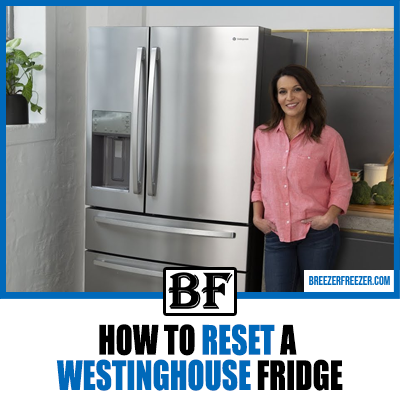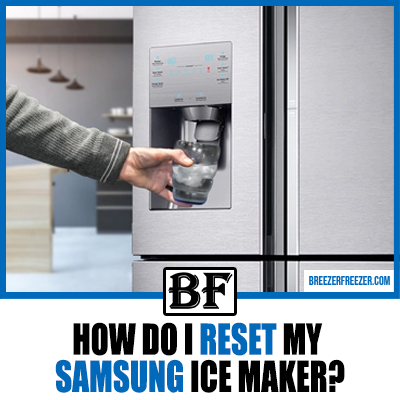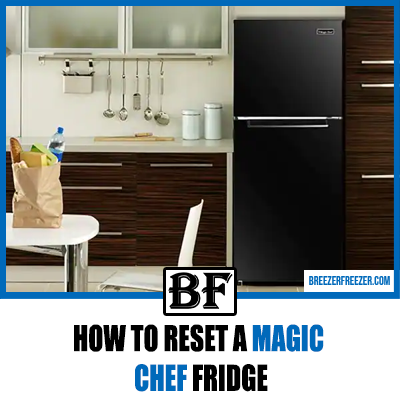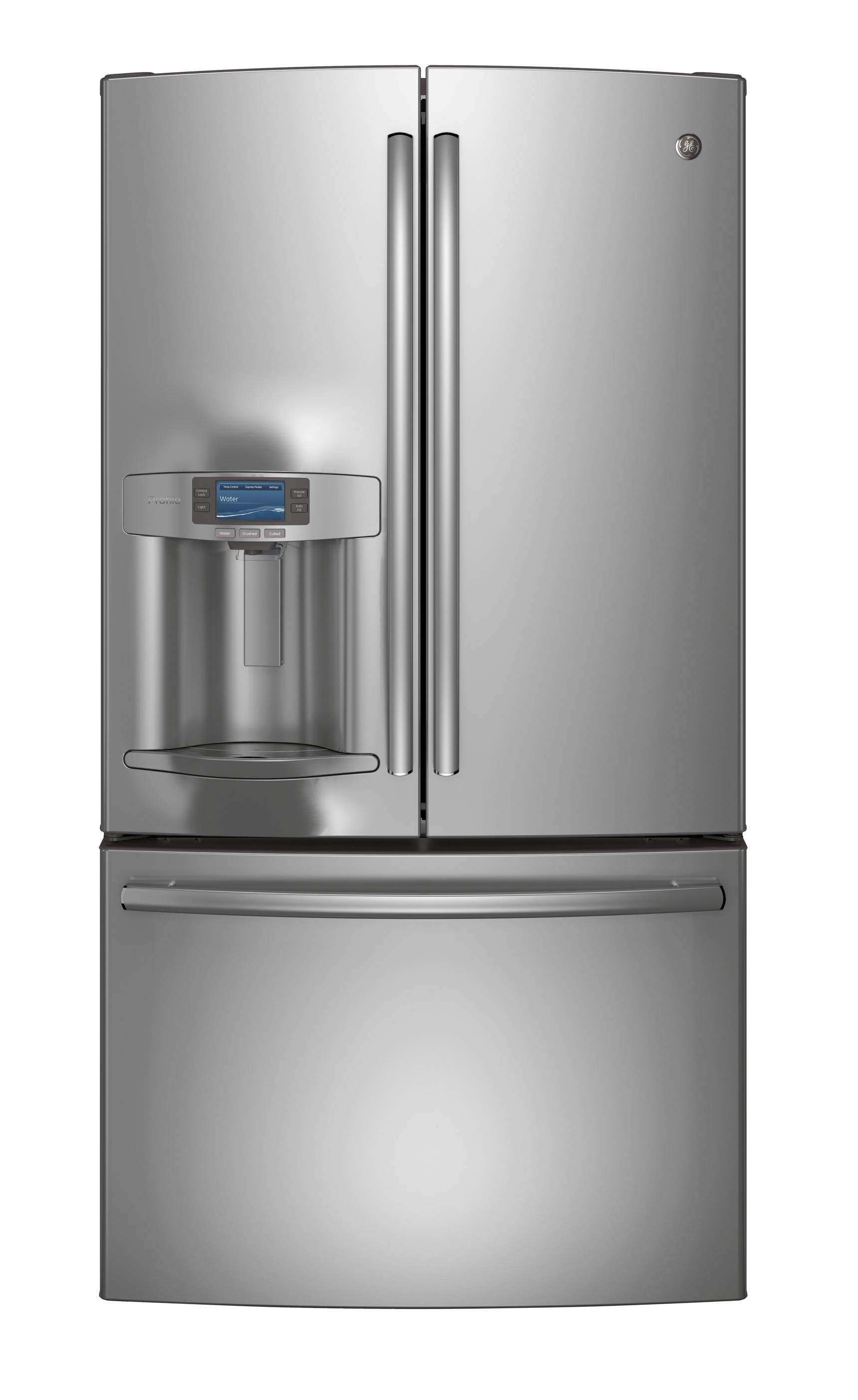How To Turn Off A Samsung Refrigerator
All refrigerators have a mechanism by which you can turn them off.
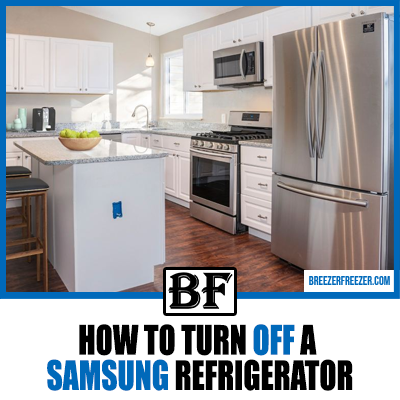
A Samsung refrigerator, too, can be turned off, and there are three distinct methods for doing so, and all of them are relatively easy. But why is it necessary to know how to turn it off?
There can be many reasons why you might want to turn off your Samsung fridge. It could be that you’re going away on a long trip and need to shut down all the electronics at your place. Apart from that, you may also need to power down the fridge if you’re looking to clean it or move it to a different spot in the house.
So, if you’re looking for some help and guidance on turning off a Samsung refrigerator, you’re in the right place. Read on to know more!
How To Turn Off A Samsung Refrigerator
Different Methods To Power Down A Samsung Refrigerator

There are three methods by which you can easily turn off a Samsung refrigerator. The method you choose to follow depends on whatever is the most suitable and easy for you. However, it is important to be sure about the run time of the refrigerator before you power it down.
So, with this in mind, let’s take a look at the different ways to power down a Samsung refrigerator:
1. Using The Power Button
This is the fastest and most simple way to turn off a Samsung refrigerator. Follow the below steps to reset your fridge:
Step 1: Find Out Where The Power Button Is Located
This is an important step since the power down button is not located at the same place on each kind of Samsung refrigerator.
Step 2: Disable The Child Lock
How do you turn off control lock on samsung refrigerator? Children often tinker around electronics, and unwittingly, they might power it down.
So, to prevent unintentional shutting down of the machine, some Samsung models have a child lock. For the power down button to work, this has to be disabled.
Step 3: Push The Power Button
Finally, pressing the power button will turn off the refrigerator successfully.
2. Disconnecting The Refrigerator From The Power Source
This method literally involves pulling the plug, and since every refrigerator, irrespective of brand and model, has a power cord, this method will work on every device. Here are the steps to do this:
Step 1: Find Out Where The Power Cord Is Located
A vast majority of Samsung refrigerators have power cords located at the back of the machine for convenience and safety. It prevents people from tripping over it and accidentally disconnecting it. However, if you don’t see one toward the back, check either of the sides; it will probably be there.
Step 2: Disconnect The Power Cord
Once you’ve successfully located the power cord, unplug it from the outlet it is plugged into. To do this, you just have to tug on the wire a bit. Alternatively, if the power socket has a switch, you can flip that off too.
Once you’ve unplugged the cord or switched the power off, wait for about 15 minutes. After that, you can plug it back in and power the fridge on again. However, if you notice that the cord is worn out or fraying, then it may be time to replace it.
Another thing you must keep in mind is that refrigerators use up a considerable amount of power, which is why they should never share a socket with another device. If your refrigerator is plugged in via an extension cord or something similar, rectify that and give it its own power source.
3. Turning The Circuit Breaker Off
There could be a situation where the other two methods listed above don’t work. Maybe your fridge doesn’t have a power off button, or it may have broken down. Additionally, you may be unable to disconnect the power cord because it’s wedged into the socket too tightly. So, in any of these situations, turning the circuit breaker off is your best bet. Here’s how to do that:
Step 1: Figure Out The Exact Location Of The Circuit
You must accurately determine the location of the circuit breaker that is connected to the refrigerator since all fridges have their own unique one.
Step 2: Turn The Circuit Breaker Off
Once you turn it off, the fridge will be disconnected from the main source, which in turn will automatically power it down.
However, before you turn the circuit breaker off, check whether the fridge has an ice maker or not. If it does, remember to turn the ice maker off first because not doing so could potentially damage it.
Is Your Refrigerator Successfully Turned Off?
Two things will indicate whether your fridge has powered down or not. Firstly, open the fridge door and see if the light inside the fridge is on or not. If it isn’t, then the fridge has successfully been turned off.
In addition to that, you can also check whether the compressor is making any sound or not. All fridge compressors make a whirring sound as they function, so if you can’t hear that sound, then that means the refrigerator is off.
How to turn off freezer on samsung refrigerator
To turn off the freezer on a Samsung refrigerator, locate the control panel on the front of the unit. Look for the button or switch labeled “Freezer” or “Power Freeze.”
Press and hold the button for a few seconds, or toggle the switch to the off position. Some models may require you to enter a code or hold down a specific button to access the freezer settings.
If unsure, consult the user manual for the specific model of refrigerator for instructions. It’s important to note that turning off the freezer will also affect the cooling of the refrigerator section, and it should be done only when necessary, and for a short period of time.
Frequently Asked Questions
What Should I Do If My Fridge Freezes Up Toward The Back?
This happens when the moisture level in the air drops. The dip in moisture is a direct consequence of the cooling process, and the moisture that is pulled out thereafter condenses and settles on the surface.
This isn’t something that should be worried about and is quite normal. The back of the fridge is the quickest to freeze up since the air there is the coldest.
Is A Full Fridge Colder Than An Empty One?
Yes, because a full fridge can keep the coolness trapped inside longer, especially if you’ve got frozen food items inside. When you store very few items in the fridge, then it has to work harder to cool.
However, stuffing the fridge beyond its limit can be detrimental to its overall functioning.
Samsung Fixes:
- Fix The Fan Noise On A Samsung Refrigerator
- Samsung Freezer Not Freezing
- How To Add Apps To A Samsung Refrigerator
- How To Fix A Samsung Refrigerator Ice Maker Jams
- Samsung Refrigerator Not Making Ice
- Samsung Refrigerator Freezing Up
- How To Remove A Samsung Ice Maker
- Samsung Ice Maker Noise (How To Fix)
- Samsung Ice Maker Won’t Come Out
- Samsung Ice Maker Keeps Freezing Up
- How Do I Defrost My Samsung Ice Maker
Final Thoughts
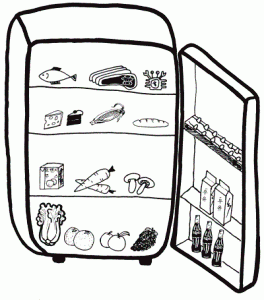
Before we sign off, there are two tips we’d like to leave you with.
Firstly, whenever you turn the fridge off, remember to take out the existing food items before, especially frozen food items. This is because powering down the fridge will cause the ice to melt, and your contents may get soaked.
And lastly, clean the fridge properly once the items and draws have been taken out. This is because unclean fridges can cause many problems, including health issues.
With this, we’ve reached the end of this guide, and we hope it helped!

